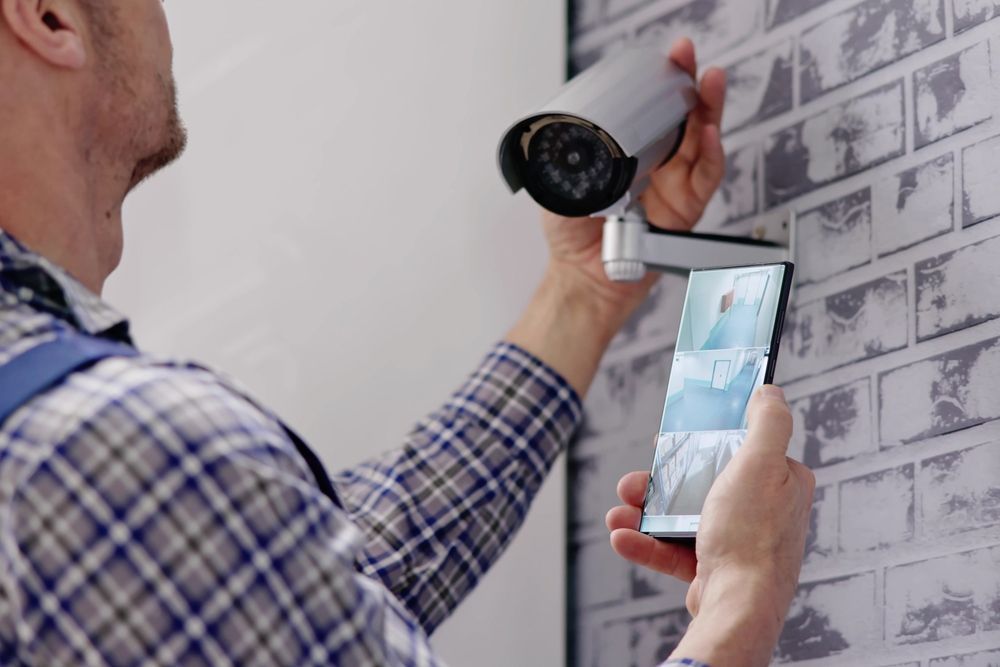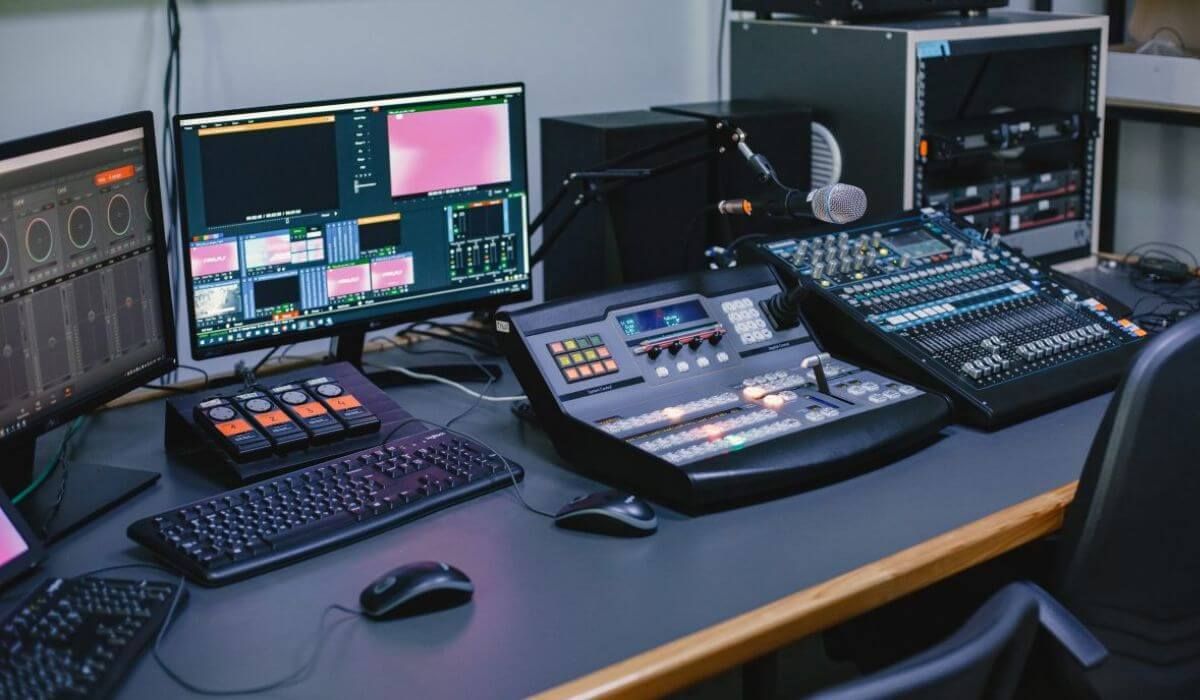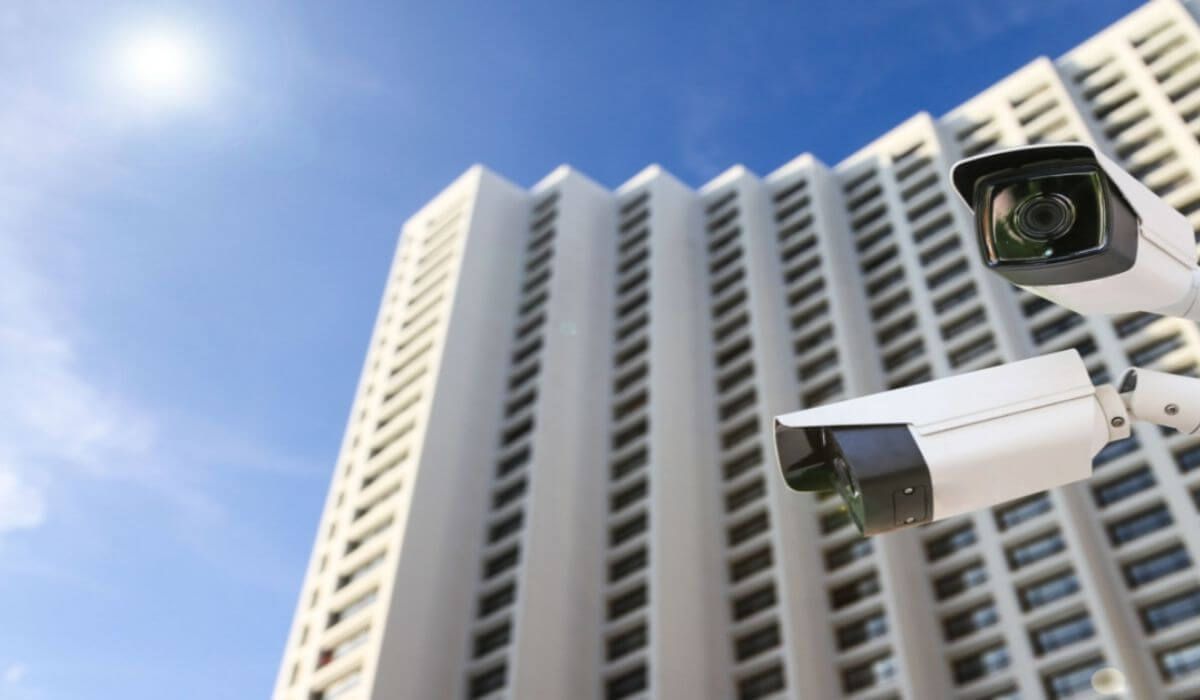Common Mistakes to Avoid When Installing Security Cameras
You’ve invested in a state-of-the-art security camera system, ready to enhance your home or business’s safety. But after installation, you notice blind spots, poor video quality, or even worse—no footage at all during a critical moment. These frustrations often stem from common mistakes during the installation process. By understanding these pitfalls, you can ensure your security system works effectively from day one.
In this article, we’ll explore the most frequent errors people make when setting up security cameras and how to avoid them, ensuring peace of mind and optimal performance.
I. Common Challenges Without Security Systems
Before diving into installation mistakes, let’s consider why security cameras are essential. Without a reliable system, you might face:
- Theft and Vandalism: Unmonitored properties are easy targets for criminals.
- Lack of Evidence: In case of an incident, the absence of video footage leaves authorities with little to work on.
- Reduced Peace of Mind: Not knowing what’s happening around your property can cause unnecessary stress.
While security cameras are a powerful tool, improper installation can render them ineffective, defeating their purpose entirely.

II. Avoid These Installation Mistakes
1. Poor Camera Placement
One of the most critical aspects of installation is where you place your cameras. Mistakes include:
- Blind Spots: Placing cameras too high or at improper angles may leave parts of your property unmonitored.
- Ignoring Entry Points: Overlooking doors, windows, or low-traffic areas where intrusions are likely to occur.
- Facing Direct Sunlight: Installing cameras where sunlight hits the lens directly causes glare and washed-out footage.
Solution: Conduct a thorough assessment of your property. Position cameras at strategic points, such as entryways, driveways, and blind spots, and avoid direct exposure to sunlight or artificial light sources.
2. Neglecting Network Security
For Wi-Fi-enabled cameras, a common mistake is failing to secure the network they rely on. Unprotected systems are vulnerable to hacking, exposing your property to unauthorized access.
Solution:
- Use strong, unique passwords for both the camera and your Wi-Fi network.
- Enable encryption protocols (WPA3 is ideal).
- Regularly update the camera’s firmware to protect against vulnerabilities.

3. Insufficient Power Supply
A frequent issue is underestimating the power requirements of security cameras. This can lead to cameras shutting down unexpectedly, especially during crucial moments.
Solution: Ensure each camera has a reliable power source. For outdoor cameras, weatherproof connections or backup power solutions like battery packs are a must.
4. Overlooking Weatherproofing
Outdoor cameras face harsh conditions, including rain, snow, and extreme temperatures. Poor weatherproofing can cause cameras to malfunction or fail prematurely.
Solution: Invest in cameras rated for outdoor use (IP65 or higher) and protect exposed wires with waterproof covers. Position cameras under eaves or sheltered areas for additional protection.
5. Ignoring Storage Capacity
Many users forget to check how much video footage their storage system can handle. Over time, this can result in overwritten footage or missing key moments.
Solution: Choose a storage system that meets your needs, whether it’s cloud-based or local (e.g., NVR or DVR). For high-traffic areas, consider systems with larger capacities or automated alerts for storage limits.

6. Skipping Professional Assistance
While DIY installation might seem cost-effective, it can lead to errors that compromise your system's effectiveness. Misaligned cameras, improper wiring, or missed configurations are all too common.
Solution: If you’re unsure about any aspect of the installation process, consult professionals who can ensure the system is set up correctly and efficiently.
III. Practical Tips for Installing Security Cameras
- Plan Ahead: Before installation, sketch a layout of your property and mark key areas for monitoring.
- Test Coverage: Use your camera’s mobile app or software to check its field of view and make adjustments before finalizing installation.
- Consider Lighting: Ensure cameras have adequate lighting at night. For dimly lit areas, opt for cameras with night vision or install motion-activated lights.
- Secure Mounting: Use sturdy brackets and hardware to prevent cameras from shifting or being easily tampered with.
- Regular Maintenance: Clean lenses regularly and inspect wiring for wear and tear. Update software to ensure peak performance.
Installing security cameras is a smart decision to safeguard your property, but avoiding common mistakes during installation is just as important. By carefully considering camera placement, network security, weatherproofing, and other factors, you can ensure your system functions flawlessly. Don’t let avoidable errors compromise your safety. Take the time to plan your installation or seek professional help to maximize the benefits of your security system. After all, your peace of mind is worth the effort.
For a comprehensive approach to property security, it's beneficial to understand how alarms and cameras complement each other. Explore why cameras and alarms work best together to enhance your safety measures. Additionally, if you're considering alarm systems for your commercial property, learn about solutions that truly deliver by reading: Alarm Systems for Your Commercial Property.

Installing security cameras is a smart decision to safeguard your property, but avoiding common mistakes during installation is just as important. By carefully considering camera placement, network security, weatherproofing, and other factors, you can ensure your system functions flawlessly.
Don’t let avoidable errors compromise your safety. Take the time to plan your installation or seek professional help to maximize the benefits of your security system. After all, your peace of mind is worth the effort.



